海外から次々と旅行者が訪れている古民家宿が、徳島県の山深い所にあります。40年ほど前に文化人類学者のアレックス・カーさんが惚れ込んだ1軒の茅葺の古民家から、世界的に注目されている活動がはじまります。
徳島県の山深いところに外国人がひっきりなしに訪れる「祖谷(いや)」という渓谷があります。なぜ、こんな山奥に外国の人が訪れるのか。その秘密は、文化人類学者のアレックス・カーさんの監修した宿「篪庵(ちいおり)」という祖谷渓谷に佇む古民家宿にあります。また行きたくなる、とってもオススメの宿です。篪庵 (篪は竹の笛の意)は、徳島県三好市の祖谷渓谷に建てられた江戸時代の藁葺き古民家です。1970年頃にアレックスさんが購入し、NPO法人篪庵トラストによって管理されています。
“Chiiori” (House of the Flute) is the name of an Edo period minka farmhouse in the Iya Valley, western Tokushima, Japan. Purchased by Alex Kerr in the 1970s, the house is now home to staff members of Chiiori Trust, a non-profit organization based in Iya Valley that is working toward solutions to the problems surrounding depopulation in rural Japan.
篪庵(ちいおり)
住所:徳島県三好市東祖谷釣井209 [Google Map]
電話: 0883-88-5290
時間:10:00〜17:00
Mountain Lodge “Chiiori”
Address : 209 Tsurui, Higashi-iya, Miyoshi city, Kagawa pref., Japan [Google Map]
*It is a 50-minute drive from JR Oboke station.
Tel : 0883-88-5290
Time : 10:00-17:00
アメリカ合衆国の新聞「ワシントン・ポスト」に徳島県の祖谷渓が紹介されています。1973年に当時21歳だったアメリカ人、アレックス・カーが購入した築300年余りの茅葺屋根の古民家が宿として生まれ変わり、日本国外に広く「IYA valley」が知られることになりました。室戸の蜂谷君をはじめ、たった一人の若者が移住することでその地域が劇的に変化する事例を四国でいくつか出会ったことがありますが、祖谷はそのなかでも顕著な原型と言う事ができます。
篪庵(ちいおり)
住所:徳島県三好市東祖谷釣井209 [Google Map]
電話: 0883-88-5290
時間:10:00〜17:00
Mountain Lodge “Chiiori”
Address : 209 Tsurui, Higashi-iya, Miyoshi city, Kagawa pref., Japan [Google Map]
*It is a 50-minute drive from JR Oboke station.
Tel : 0883-88-5290
Time : 10:00-17:00
Few Americans know about this mysterious, remote valley in southern Japan – The Washington Post
The Japanese know the Iya Valley for its remoteness, alpine scenery and vine bridges and for being the fabled 12th-century refuge of the Heike clan. Americans are unlikely to know it at all, but if they do, it’s probably because of Alex Kerr.
At the tourist information office near Tokyo Station, I tried to explain this to the two very nice women behind the counter. They were visibly surprised that a foreigner was planning to visit the valley, which nestles in the mountains of Shikoku, the smallest of Japan’s four main islands.
Kerr, a writer whose study of Asian languages and culture began as a 9-year-old in Bethesda, discovered the Iya Valley in 1971, when he was a college student. He soon bought an unoccupied farmhouse there and renovated it, painstakingly restoring the thatched roof. He named the place Chiiori, or “House of the Flute.”
I gave a brief account of this, which I’d read about in Kerr’s 1996 book, “Lost Japan.” The women smiled and shook their heads, as if this was the sort of thing only Westerners could possibly know about. Then they handed me two brochures produced by the area’s tourist boards. On the cover of one was a picture of Chiiori.
Visiting the Iya Valley last summer, I didn’t make it to Chiiori. It’s far off the main road and is now a rather expensive hostelry, managed by a nonprofit group Kerr founded. But I was glad to see that picture, just to prove that someplace I’d read about in the region actually existed. I’d found little other evidence that there was anything there, except the history reflected in the name Iya Valley, which means “Ancestor Valley.”
In the age of crowdsourced data, there’s little uncharted territory. Yet in 2015, Google Maps showed nothing in most of the Iya Valley save mountains, the Iya River and a few twisting roads. (Cursory information on a few more places has been added since, but the map is still largely empty.) When I arrived at Oboke, the closest train station, I had only a vague sense of what awaited me.


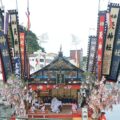

![【小豆島 7/8】虫送り、江戸時代から島に伝わる行事 - [Shodoshima island, 8 July] The torch procession at island](https://yousakana.jp/wp-content/uploads/wordpress-popular-posts/11719-featured-120x120.jpeg)

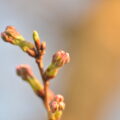



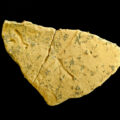


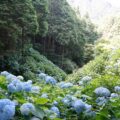
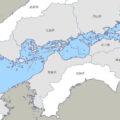
![【香川】春日川の川市 – [Kagawa] River market of Kasuga river](https://yousakana.jp/wp-content/uploads/wordpress-popular-posts/49605-featured-120x120.jpeg)
![【高知】魚を守る道、アイスハーバー型らせん魚道 – [Kochi] Ice Harbor type spiral fishway](https://yousakana.jp/wp-content/uploads/wordpress-popular-posts/50244-featured-120x120.jpeg)

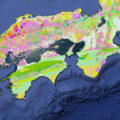
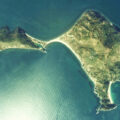
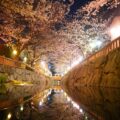




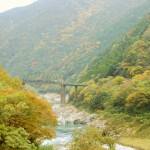
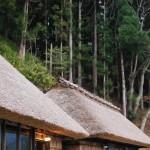


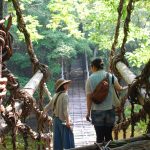


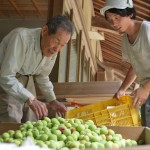
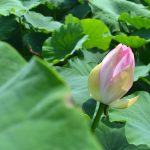
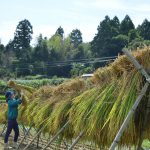
![【香川】四国唯一現存、日本国内最古の水車場「高原製粉精米水車場」 – [Kagawa] “Takahara Water Mill”, the oldest water mill in Japan, the only existing water mill in Shikoku](https://yousakana.jp/wp-content/uploads/2018/09/takahara-water-wheel-800x534.jpg)
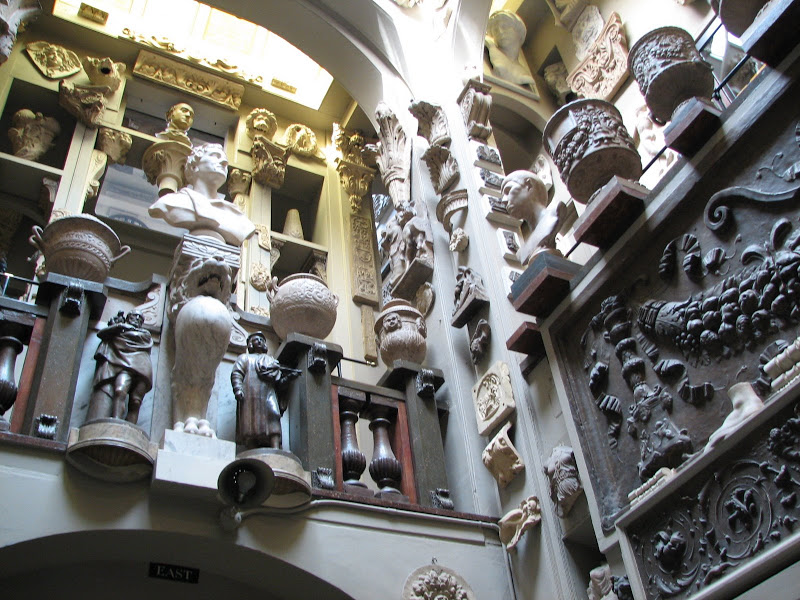
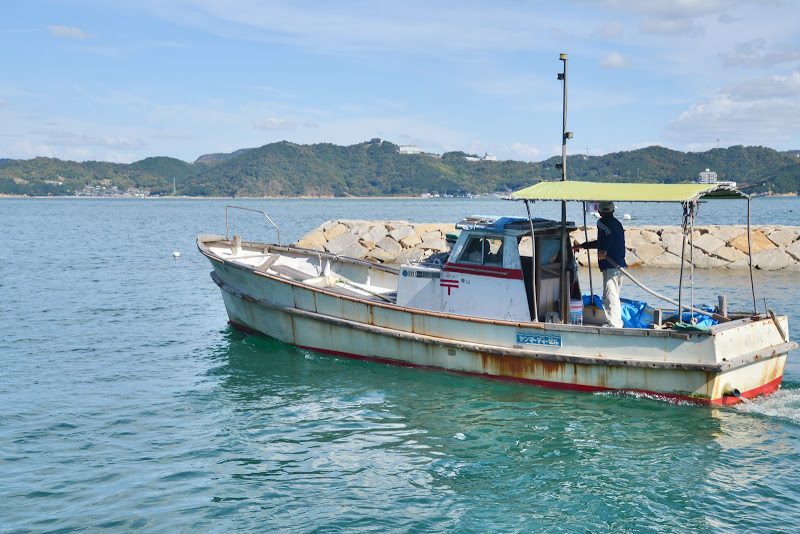
![【高知】手結港の可動橋 – [Kochi] Movable bridge at Tei Port.](https://yousakana.jp/wp-content/uploads/2023/07/tei-port_kochi_01-800x533.jpg)

![【香川】位牌を背負う櫃石島の盆踊り – [Kagawa] Bon dance of Hitsuishi Island](https://yousakana.jp/wp-content/uploads/2024/07/bon-dance_hitsuishi-island-800x533.jpg)
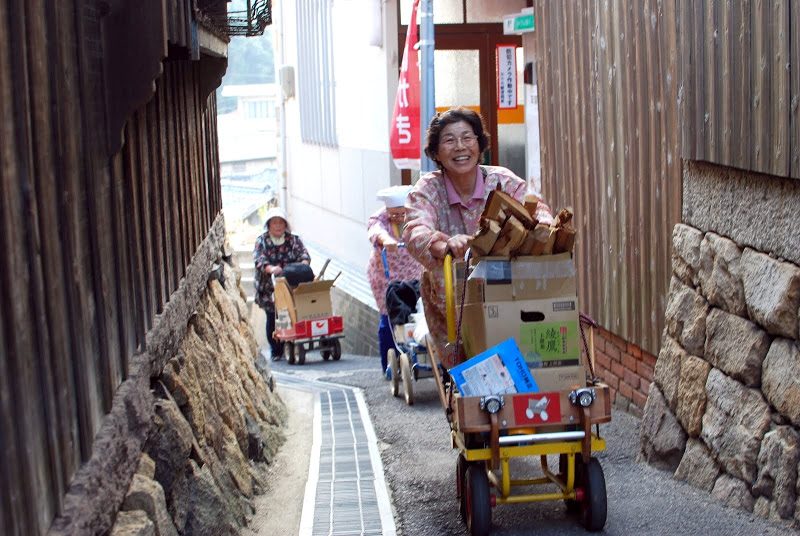
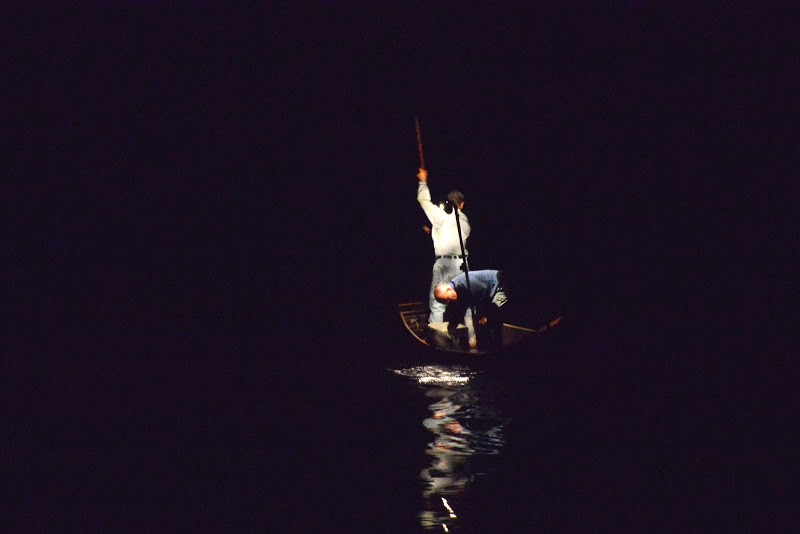
![【香川】美術館は心の病院『丸亀市猪熊弦一郎現代美術館』 – [Kagawa] Art is a Vitamin “MIMOCA”](https://yousakana.jp/wp-content/uploads/2023/12/mimoca_01.jpeg)

![【小豆島】ぷりっぷりの食感に感動!『なかぶ庵』さんの生そうめん – [Shodoshima island] Somen noodles (fine white noodles) “Nakabuan”](https://yousakana.jp/wp-content/uploads/2022/03/nakabuan_shomen_shodoshima-island_index-800x533.jpg)
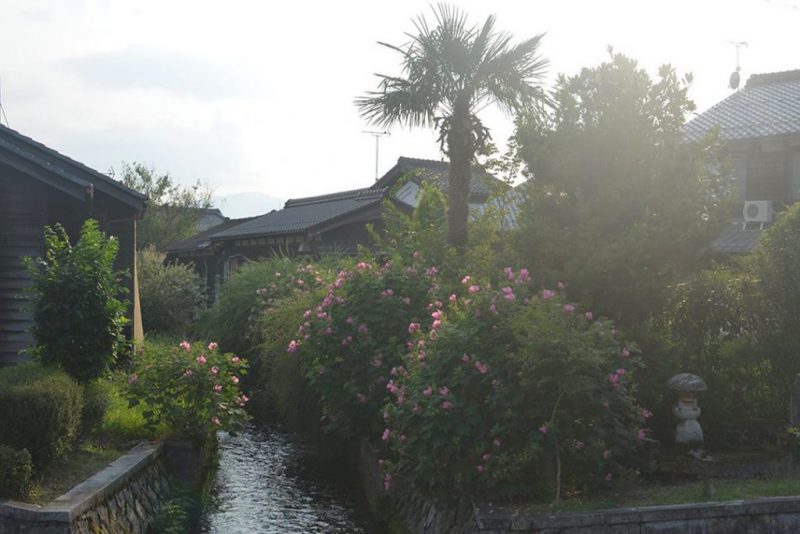
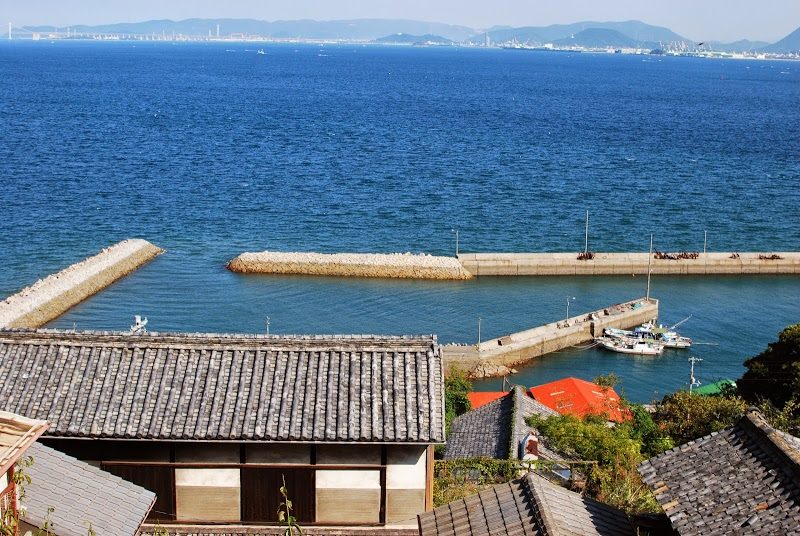
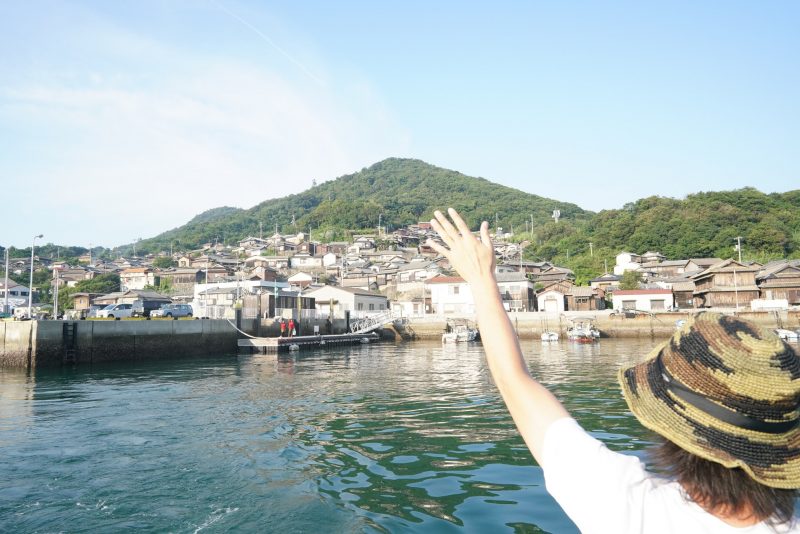
![【香川】玉手箱の紫煙のよう。紫雲出山の紫陽花 – [Kagawa] Hydrangeas of Mt. Shiudeyama](https://yousakana.jp/wp-content/uploads/2019/06/Hydrangea-Mt-Shiudeyama.jpg)
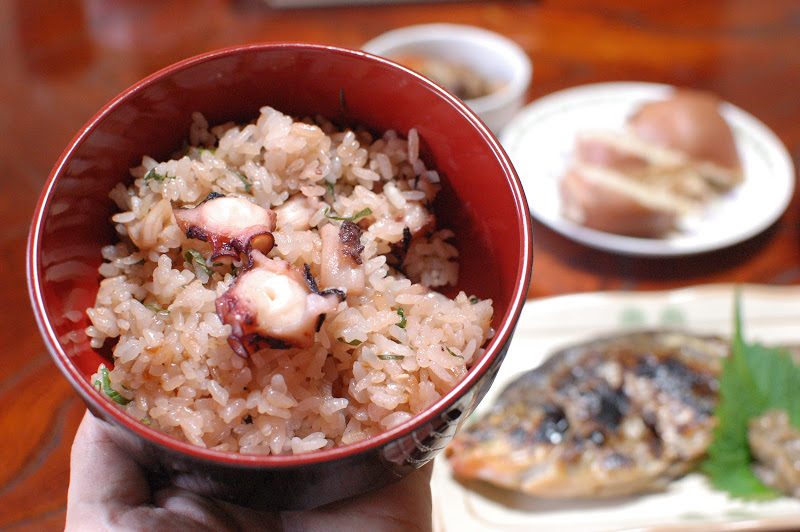
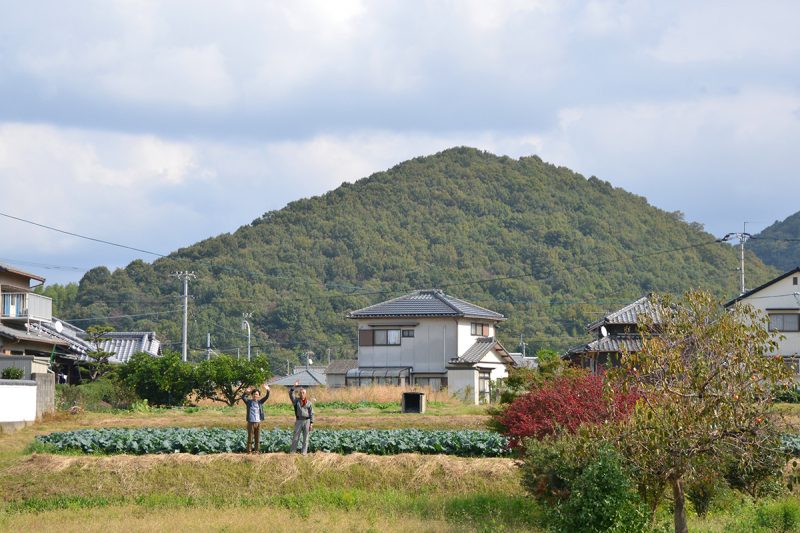


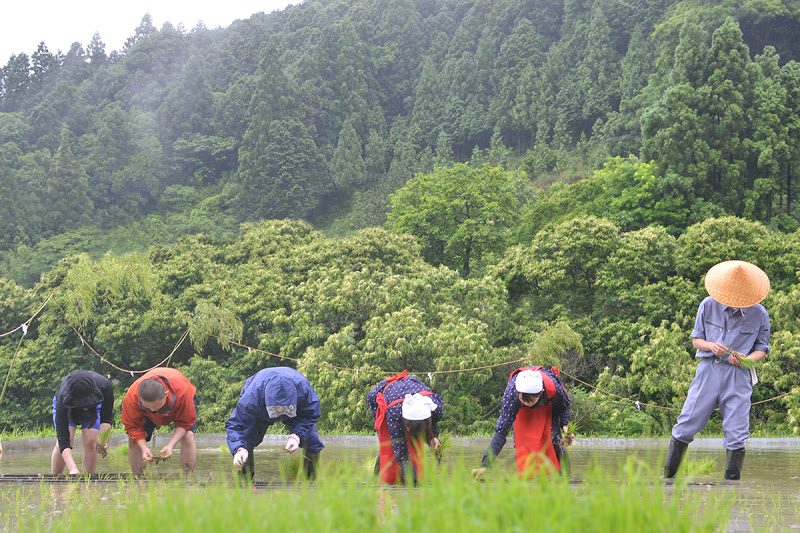
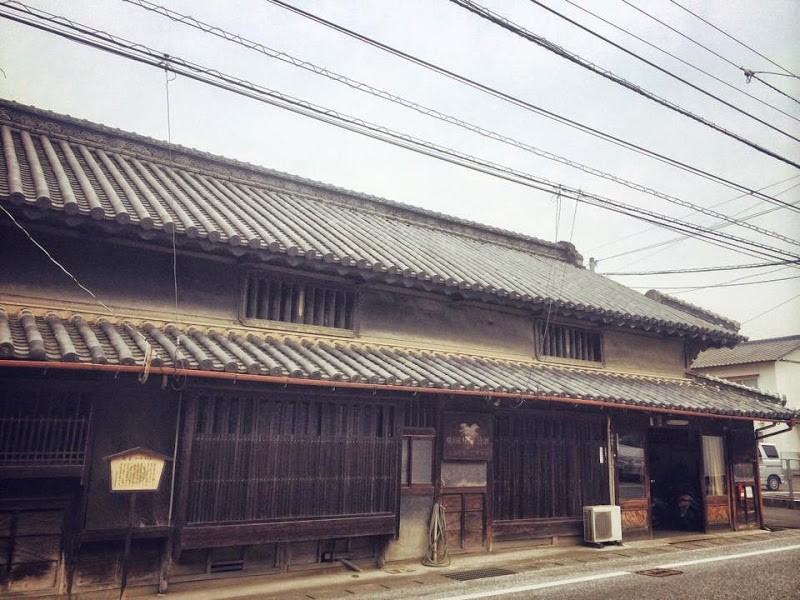

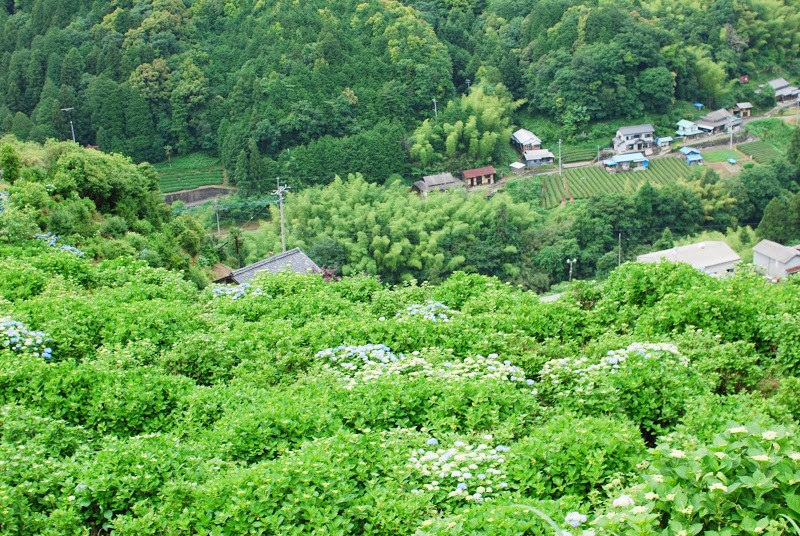
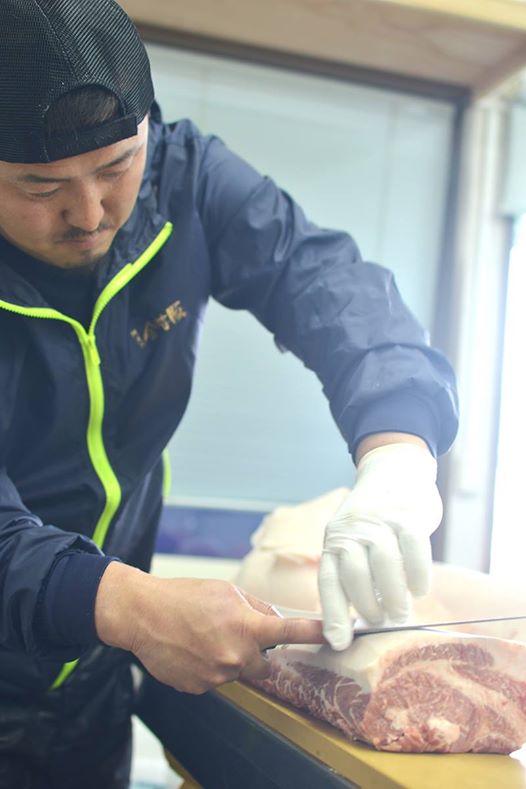
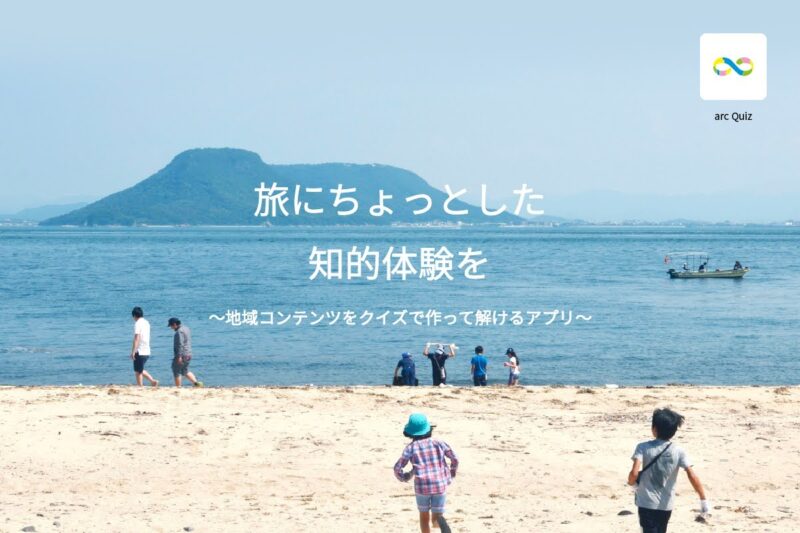
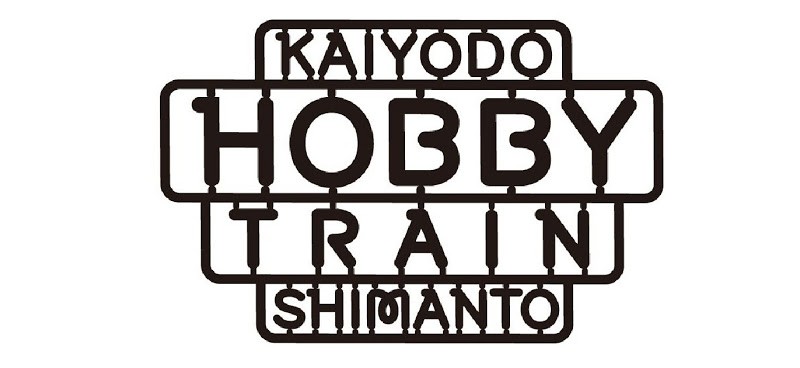
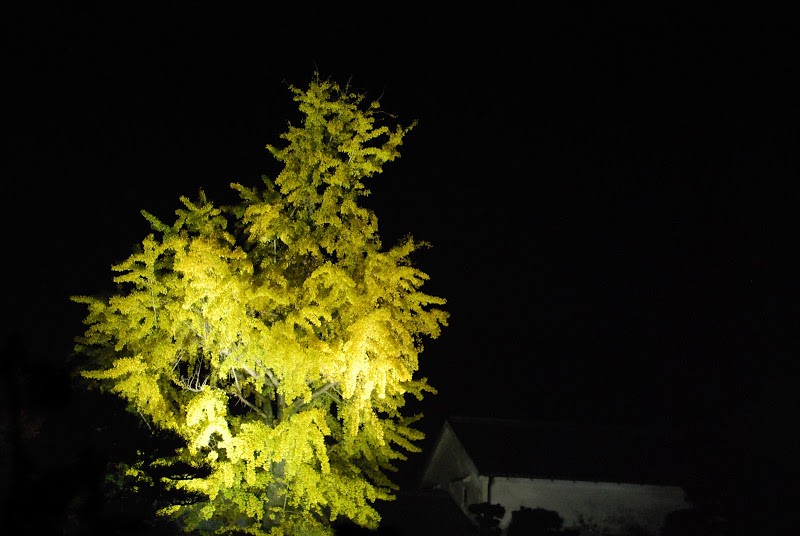
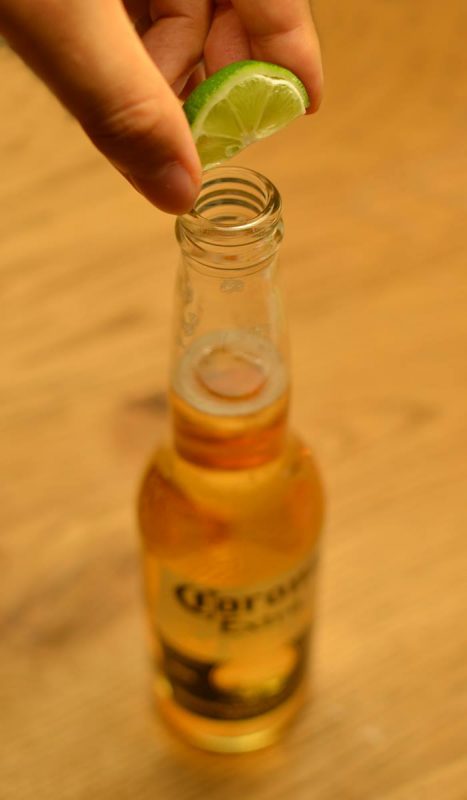
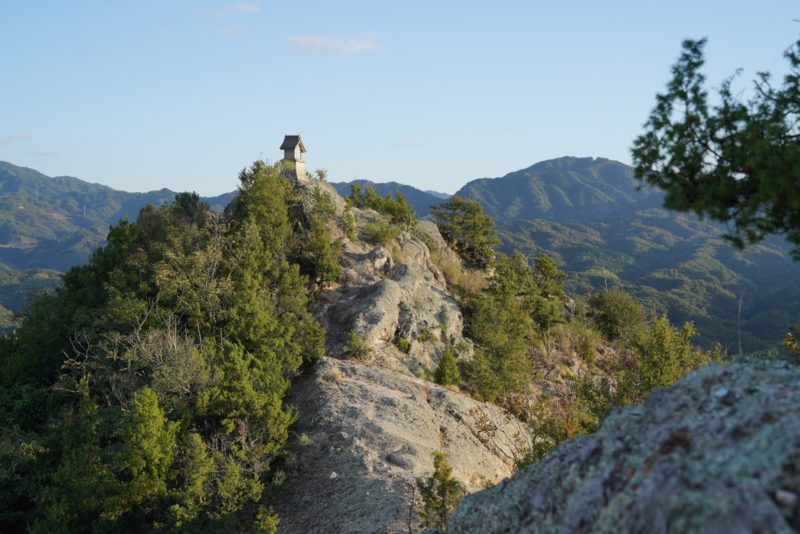
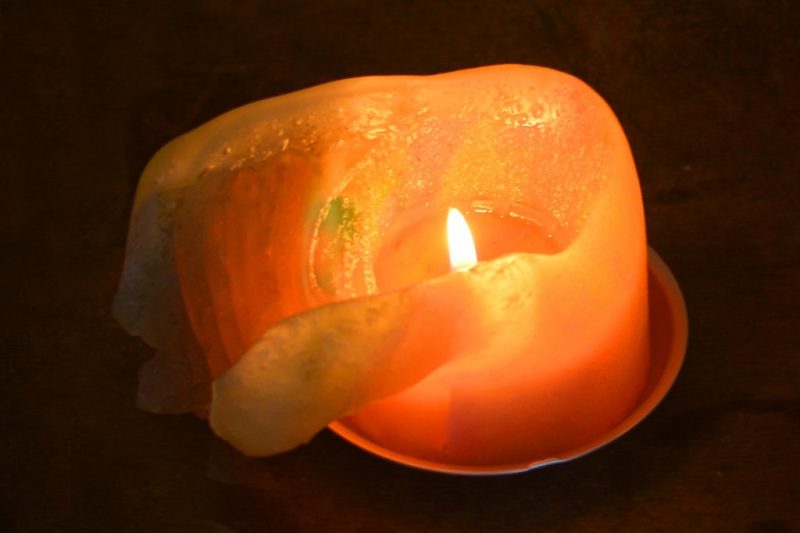
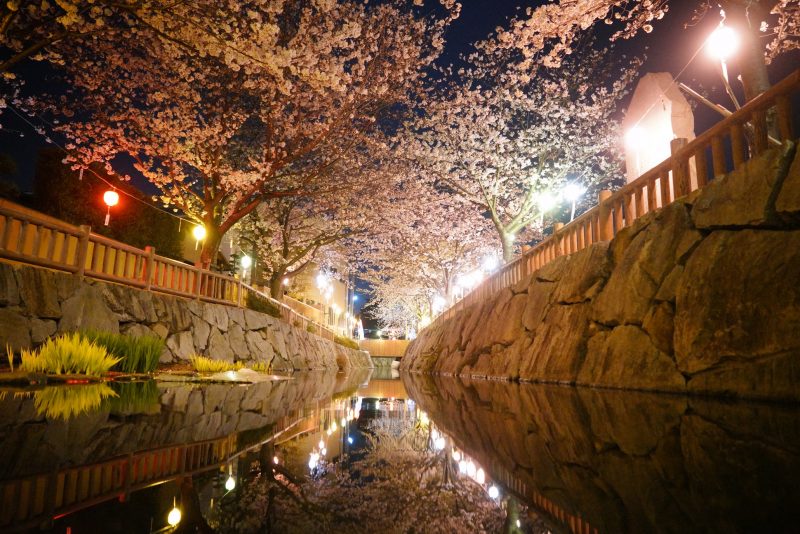
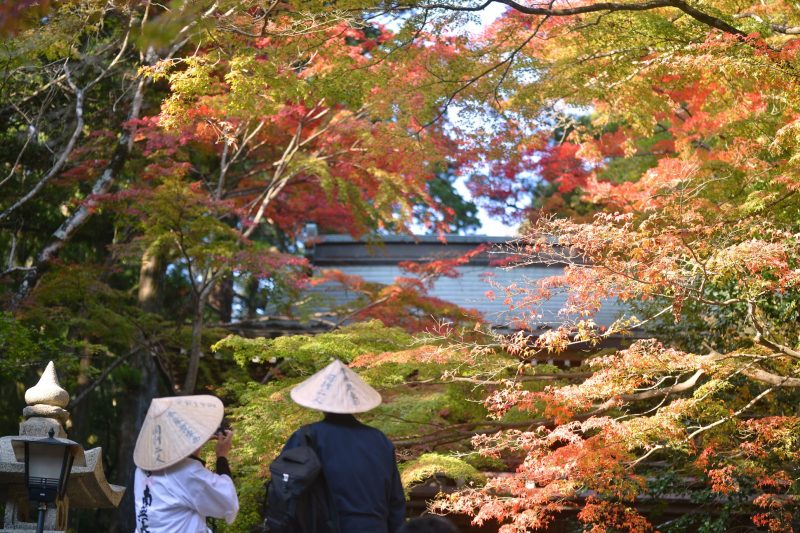

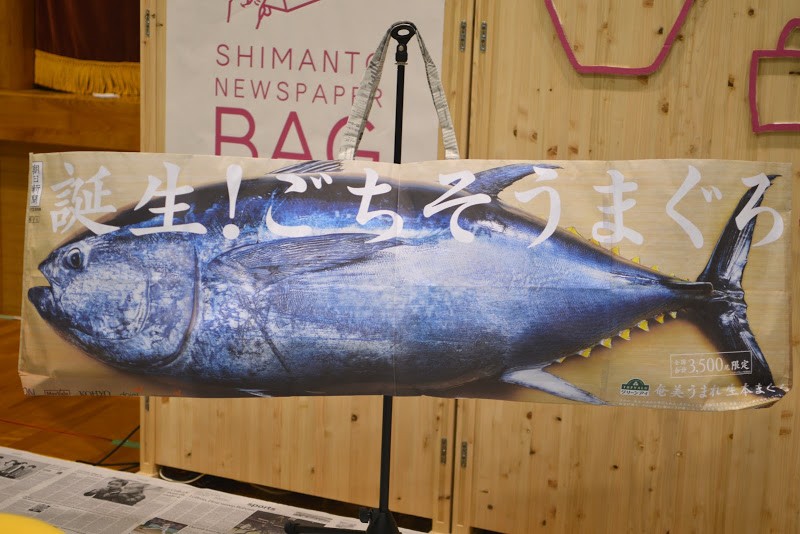
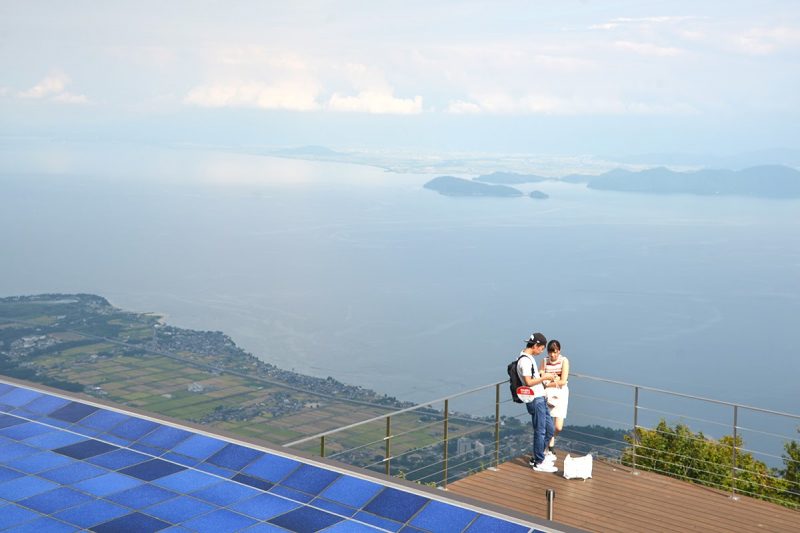
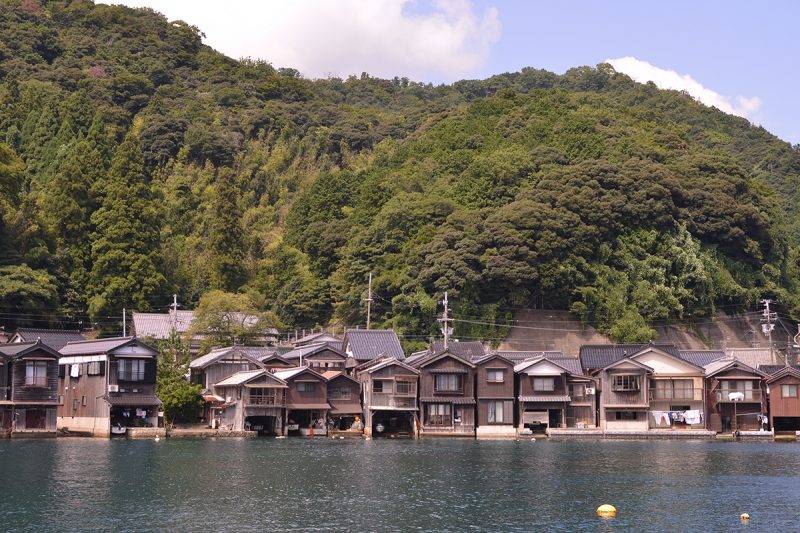
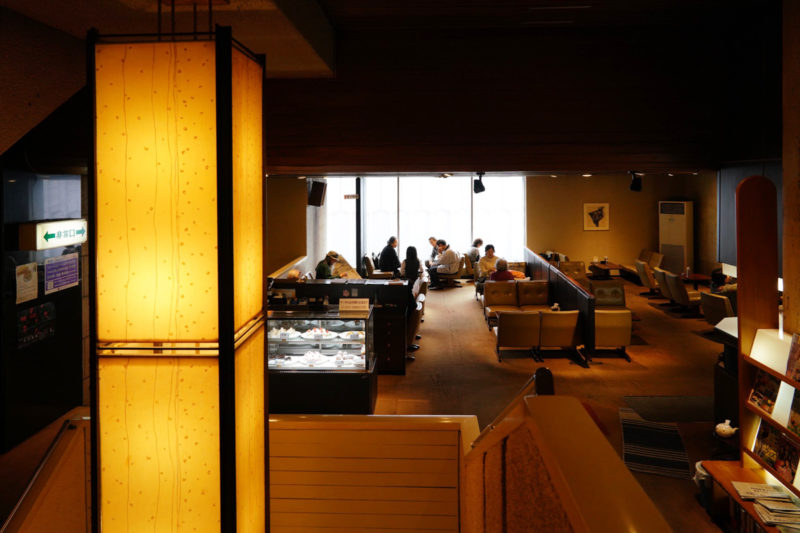
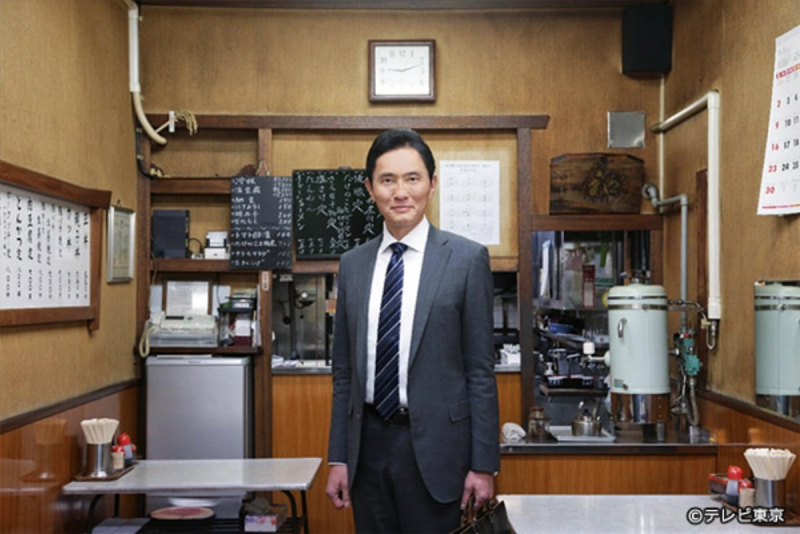
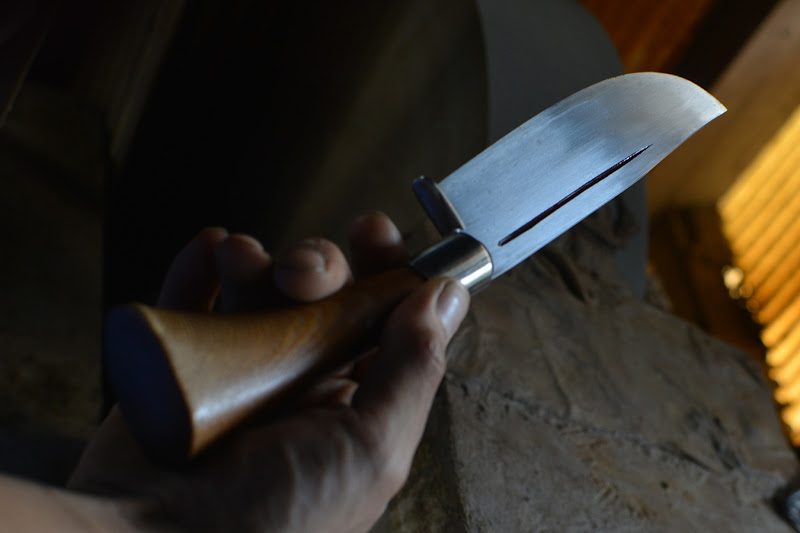
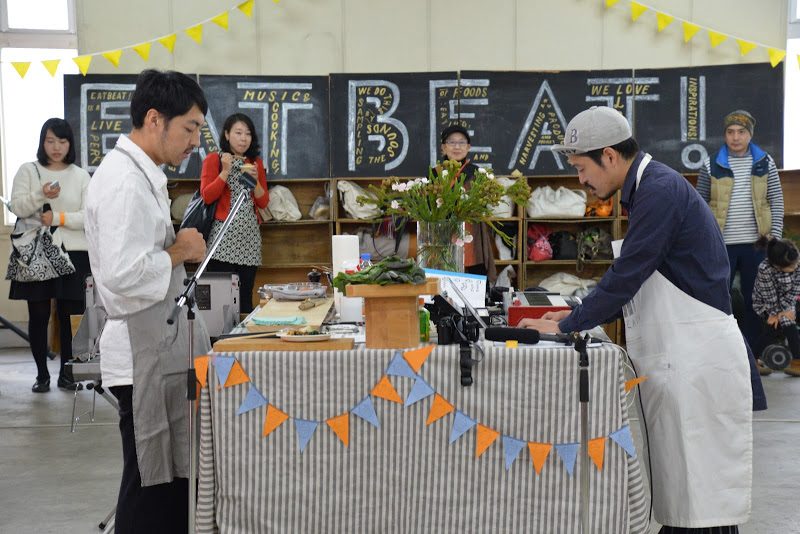
![【広島】嚴島神社 – [Hiroshima] Itsukushima shrine](https://yousakana.jp/wp-content/uploads/2024/10/itsukushima-shrine-800x533.jpg)
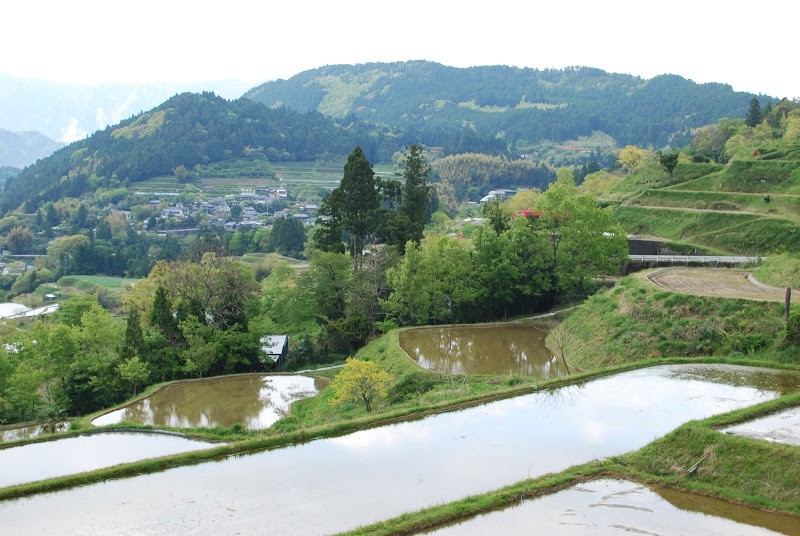
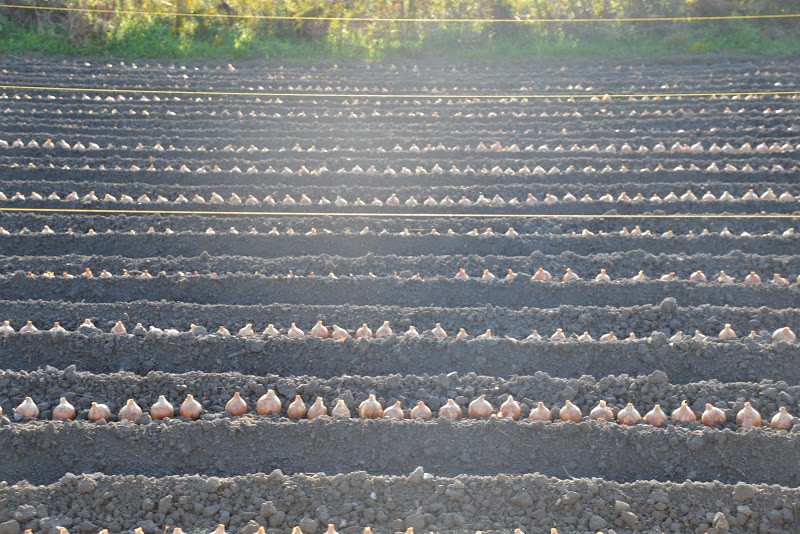
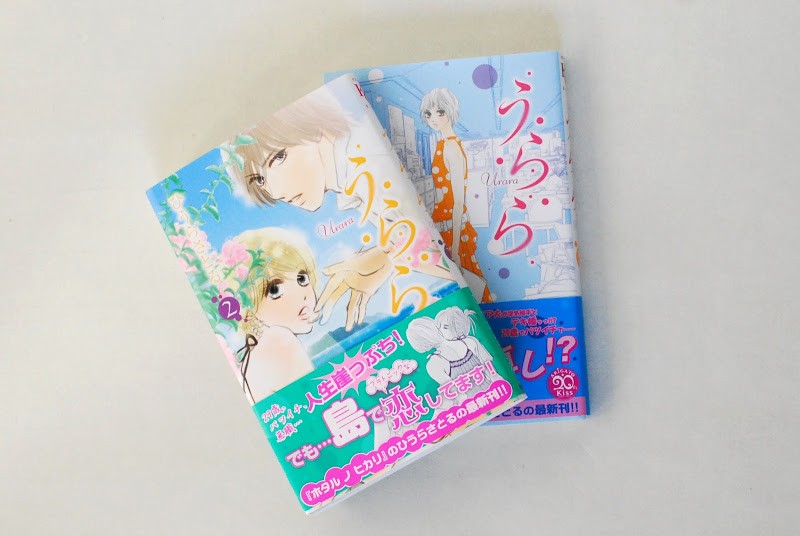

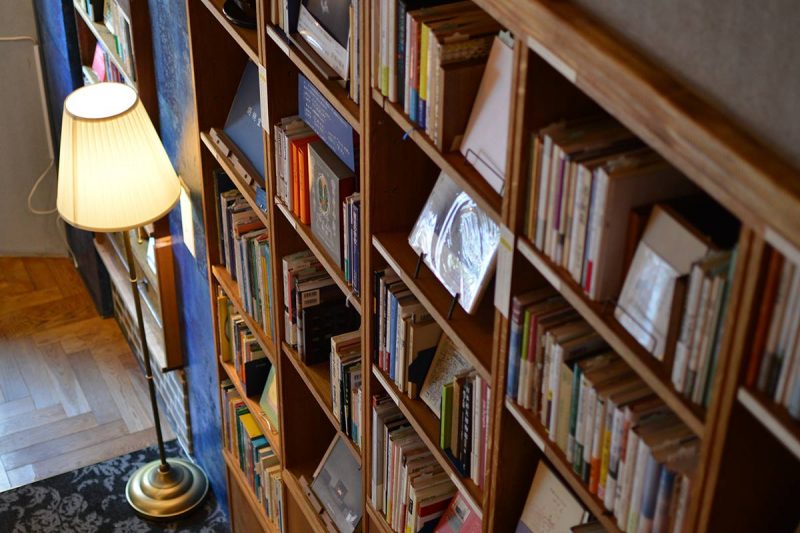
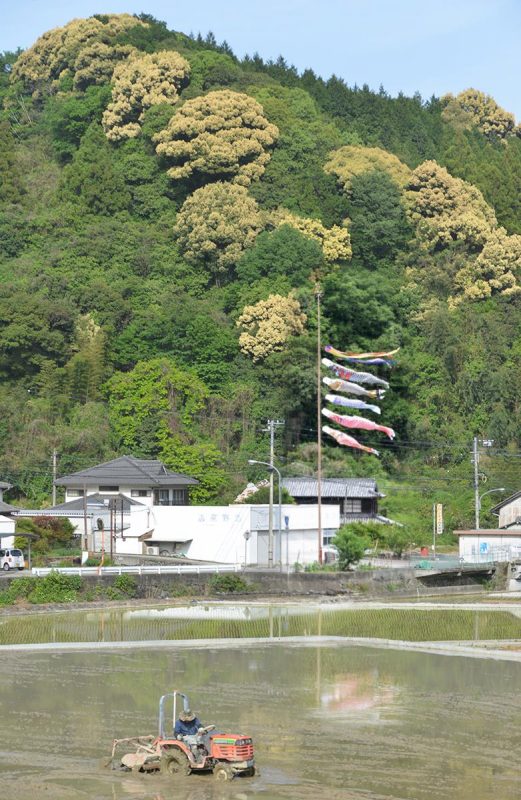
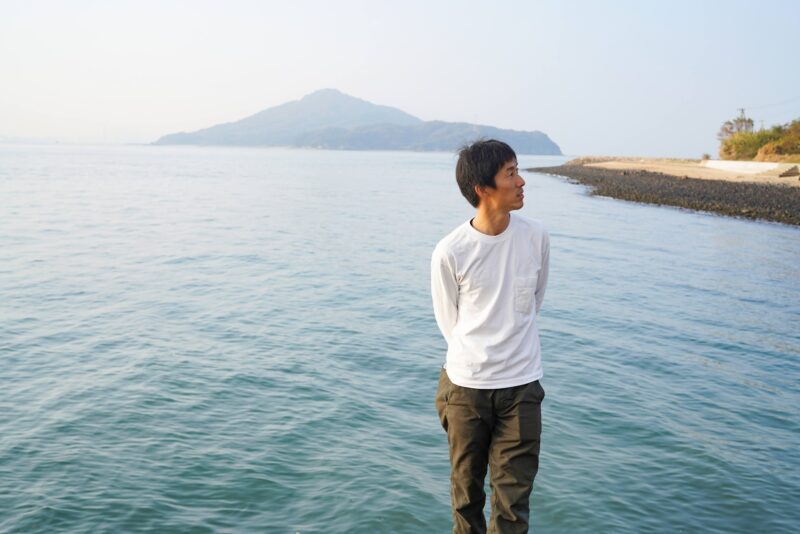
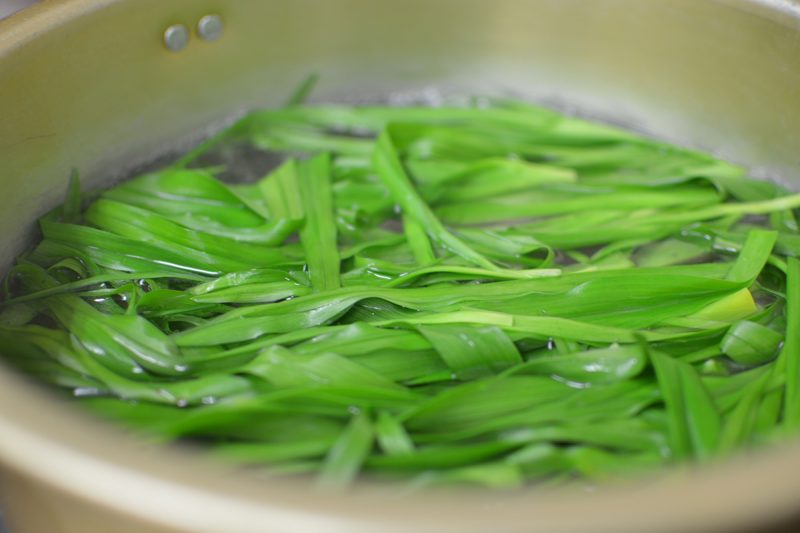
![【高知】おやつの神さまが集まるイベント「おやつ神社」 – [Kochi] OYATSU JINJYA(Shrine)](https://yousakana.jp/wp-content/uploads/2017/10/oyatsu-shrine-800x534.jpg)
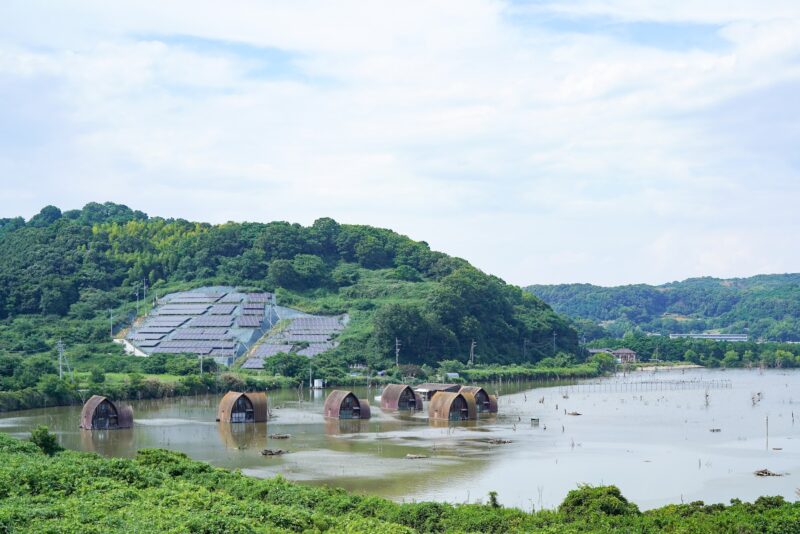
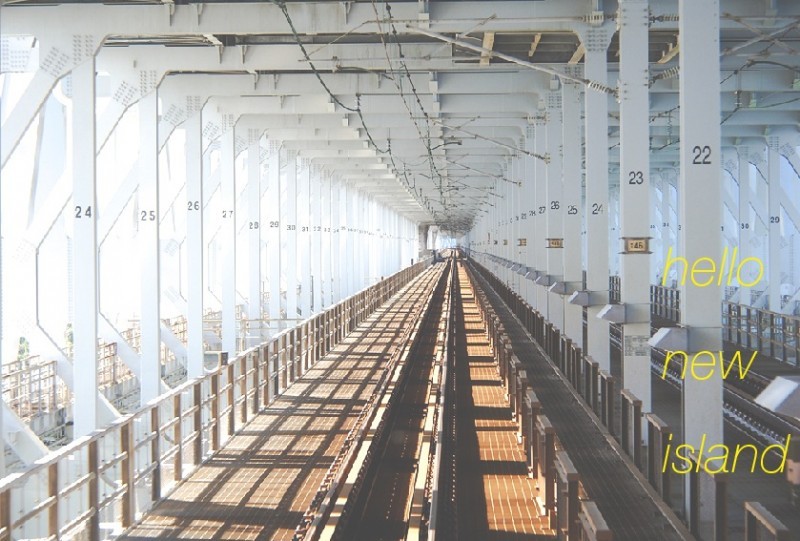
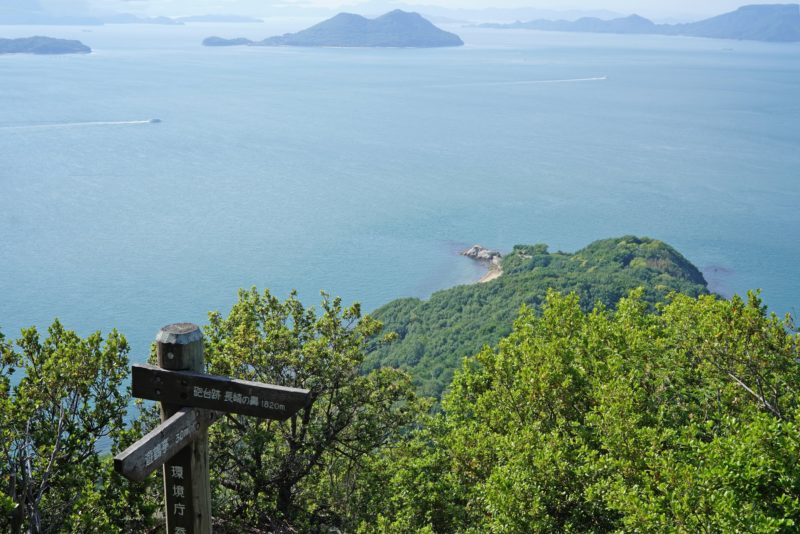
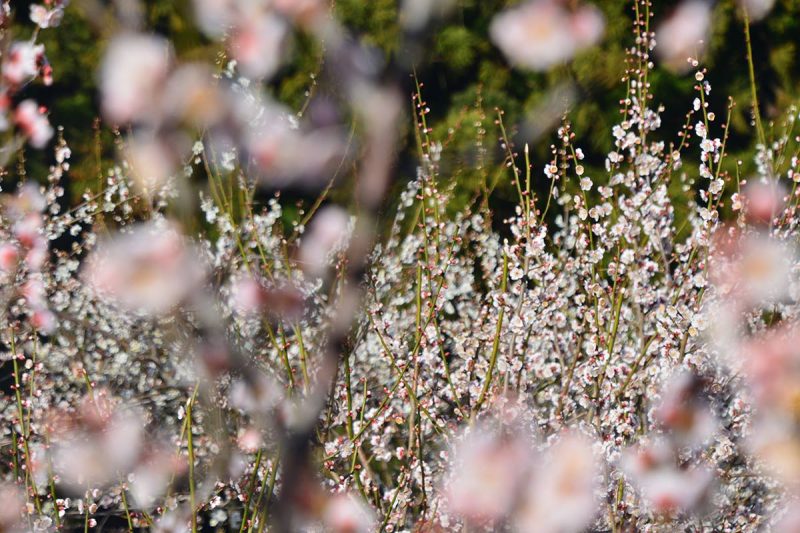
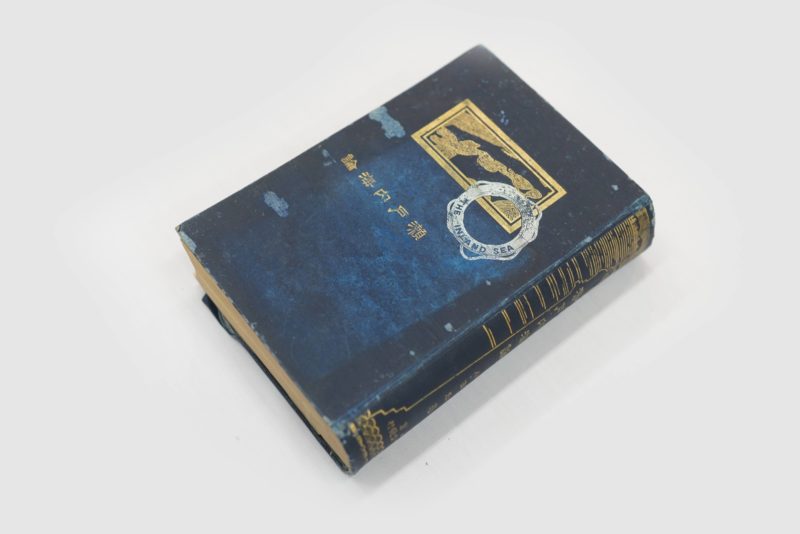

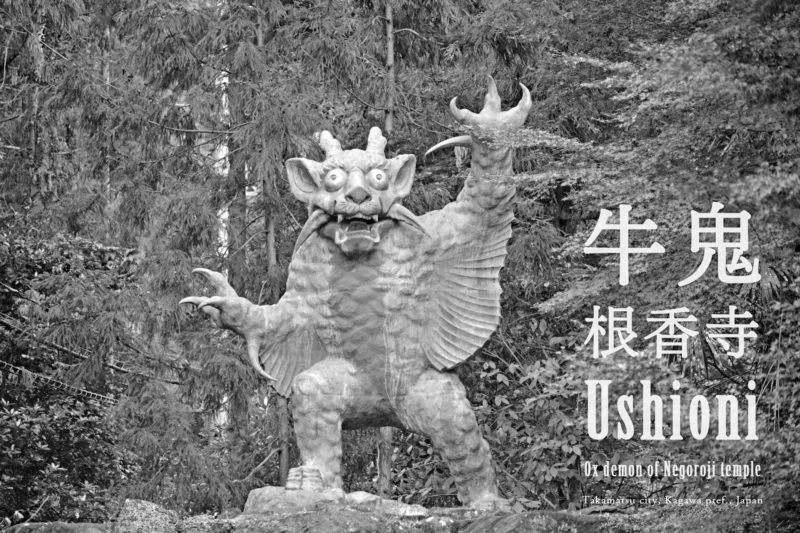
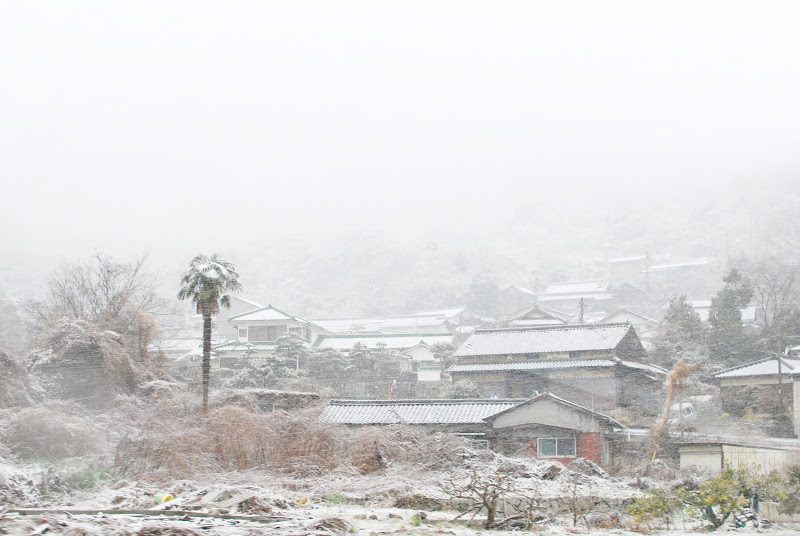

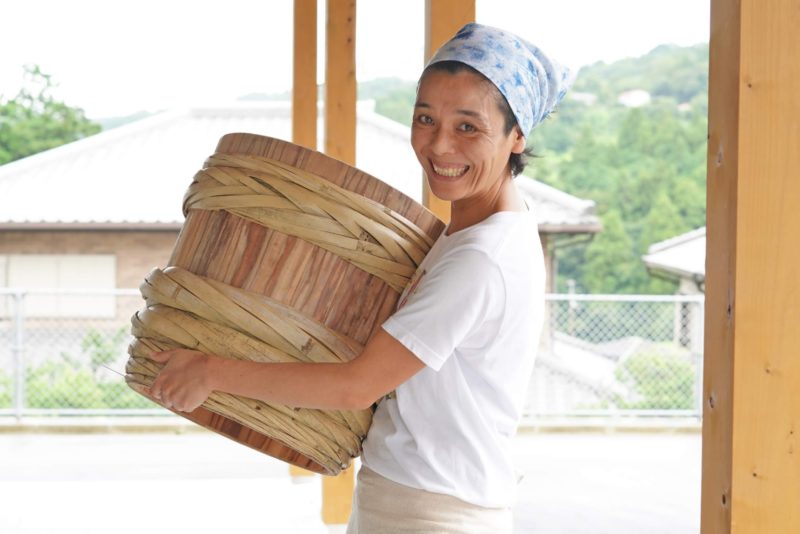

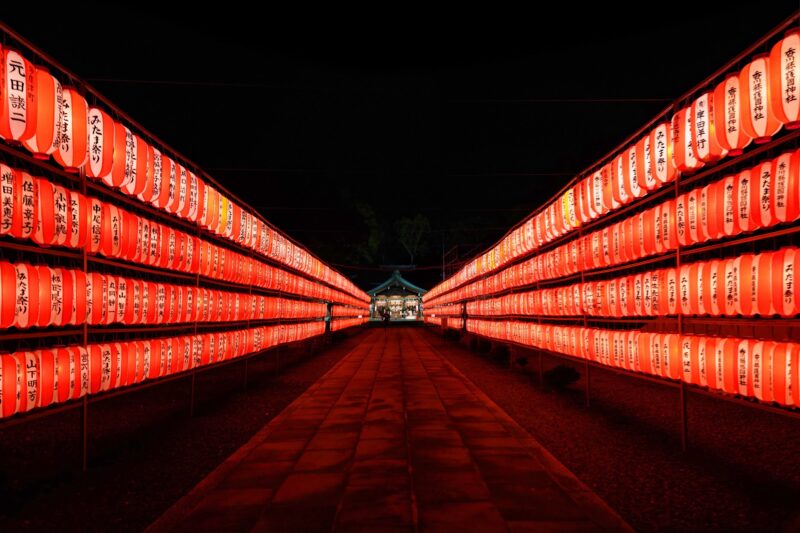
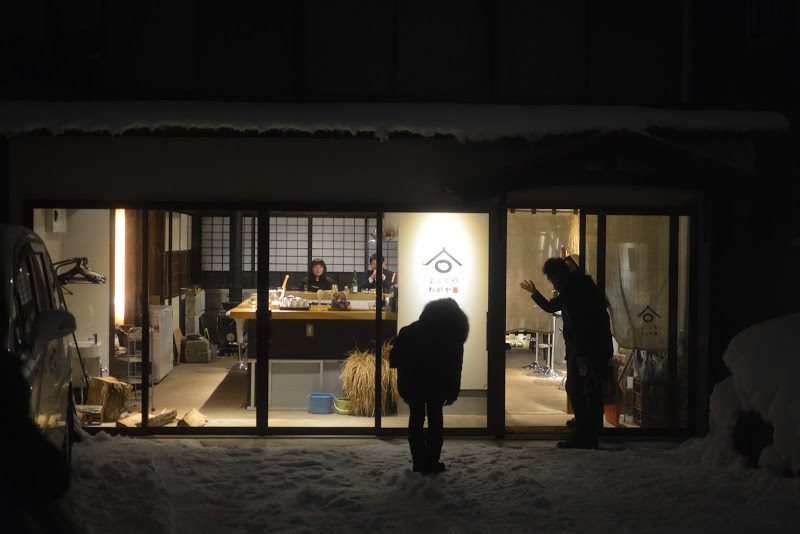
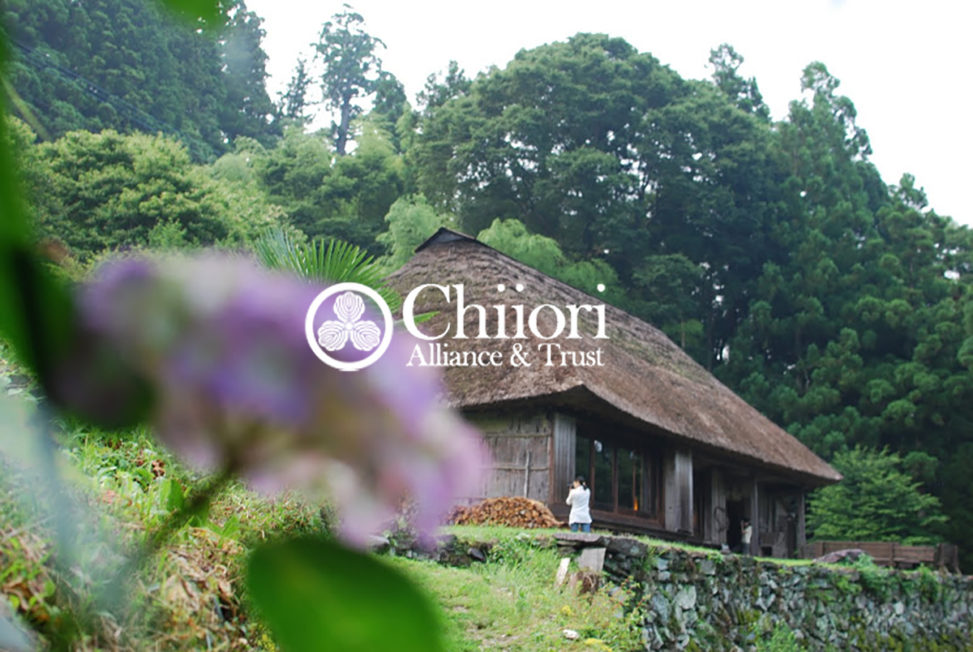
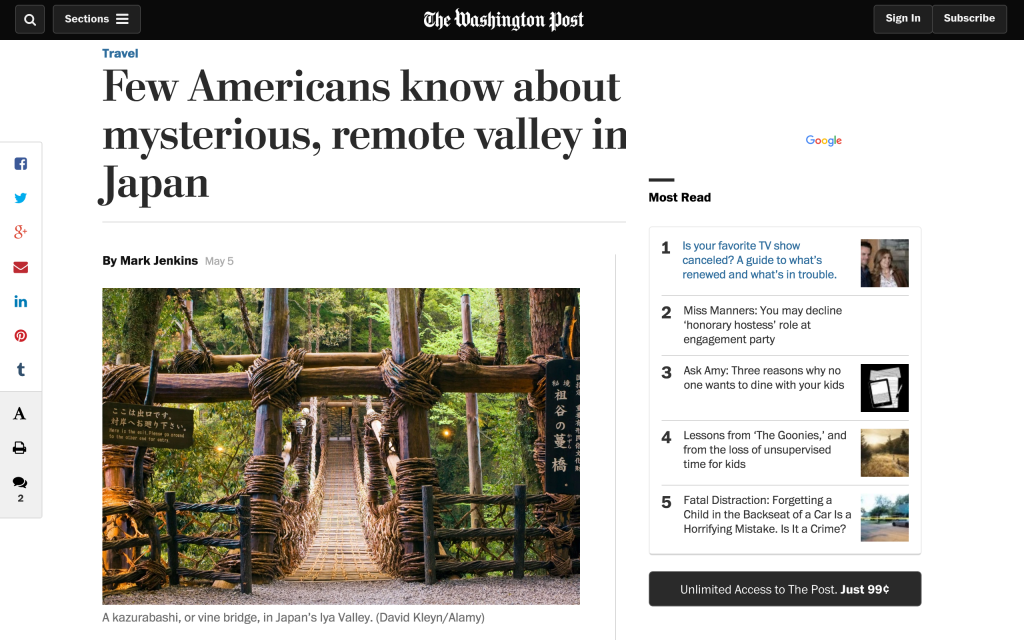

コメントを残す